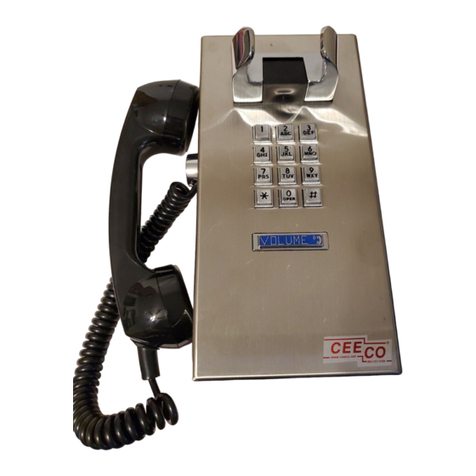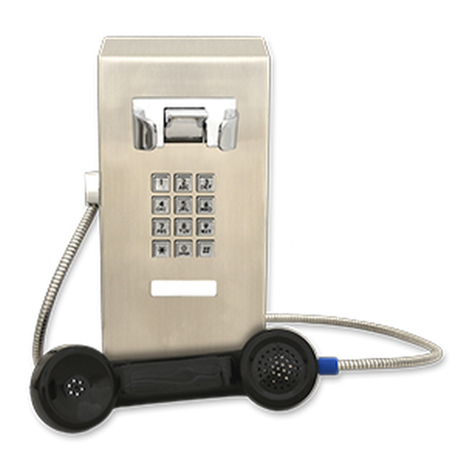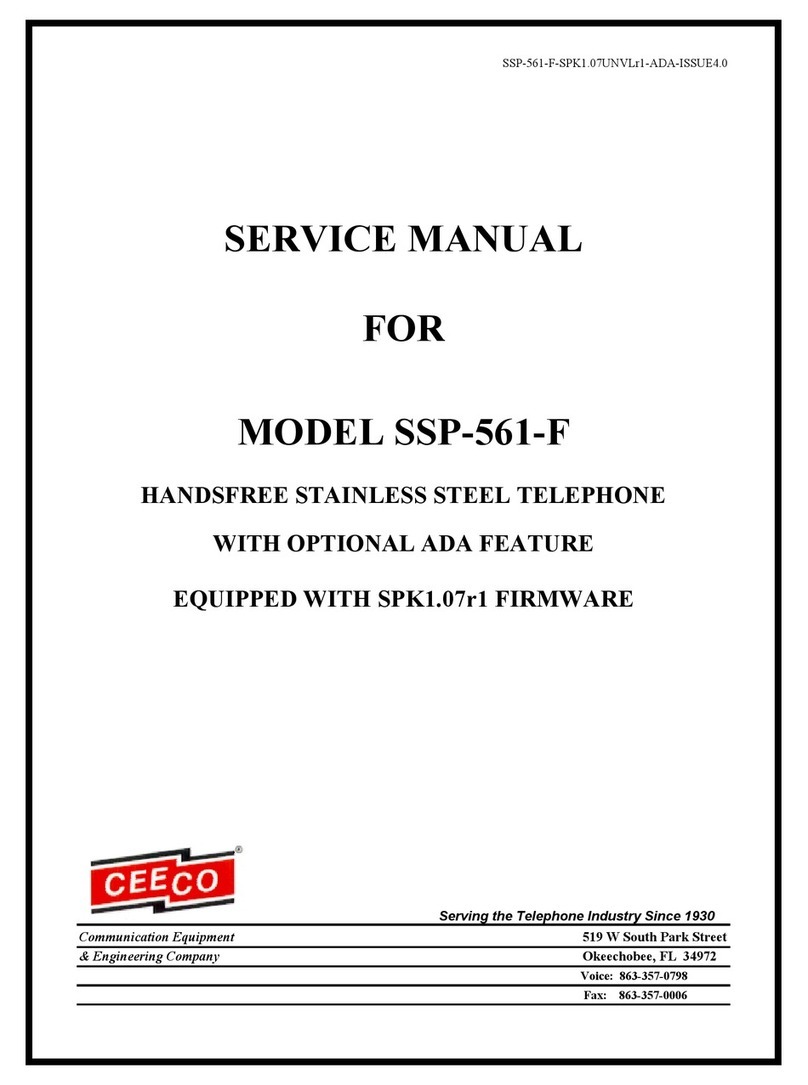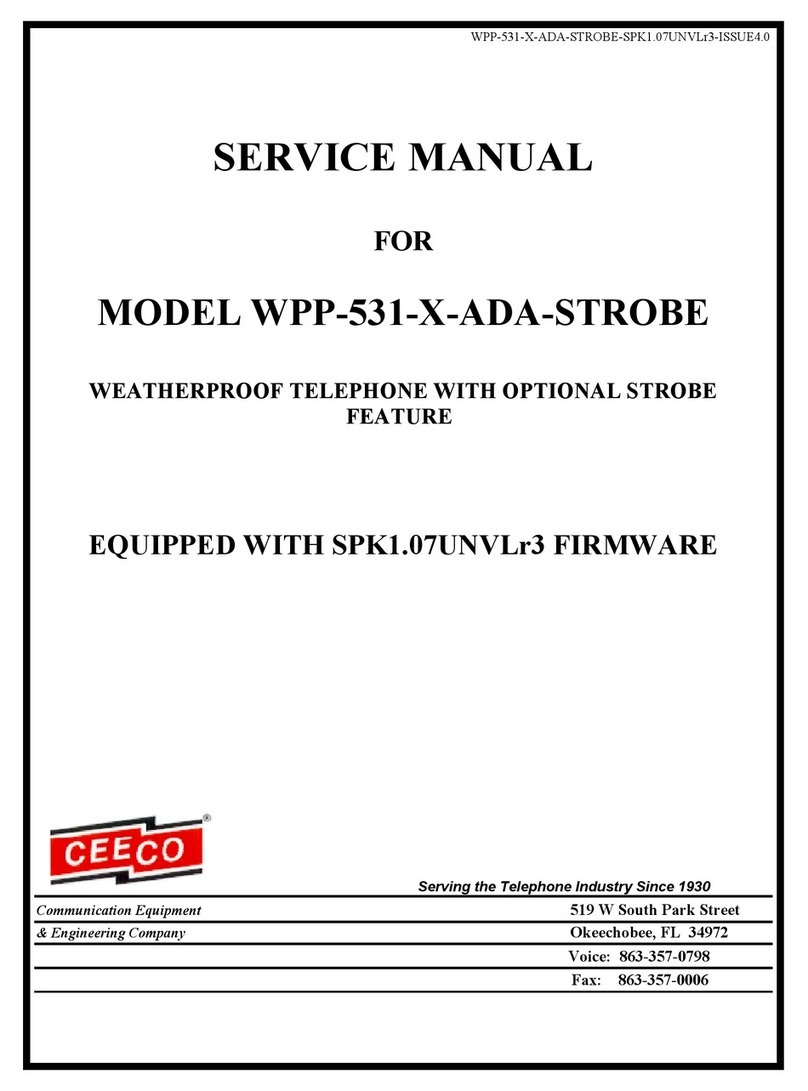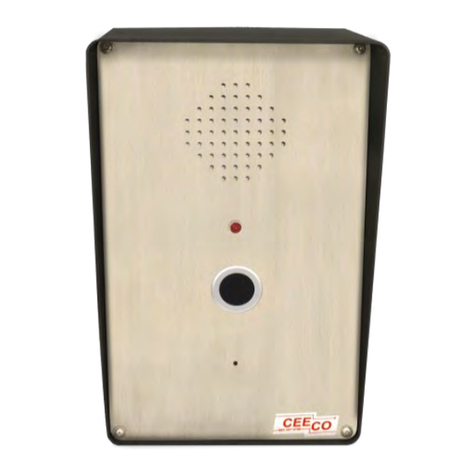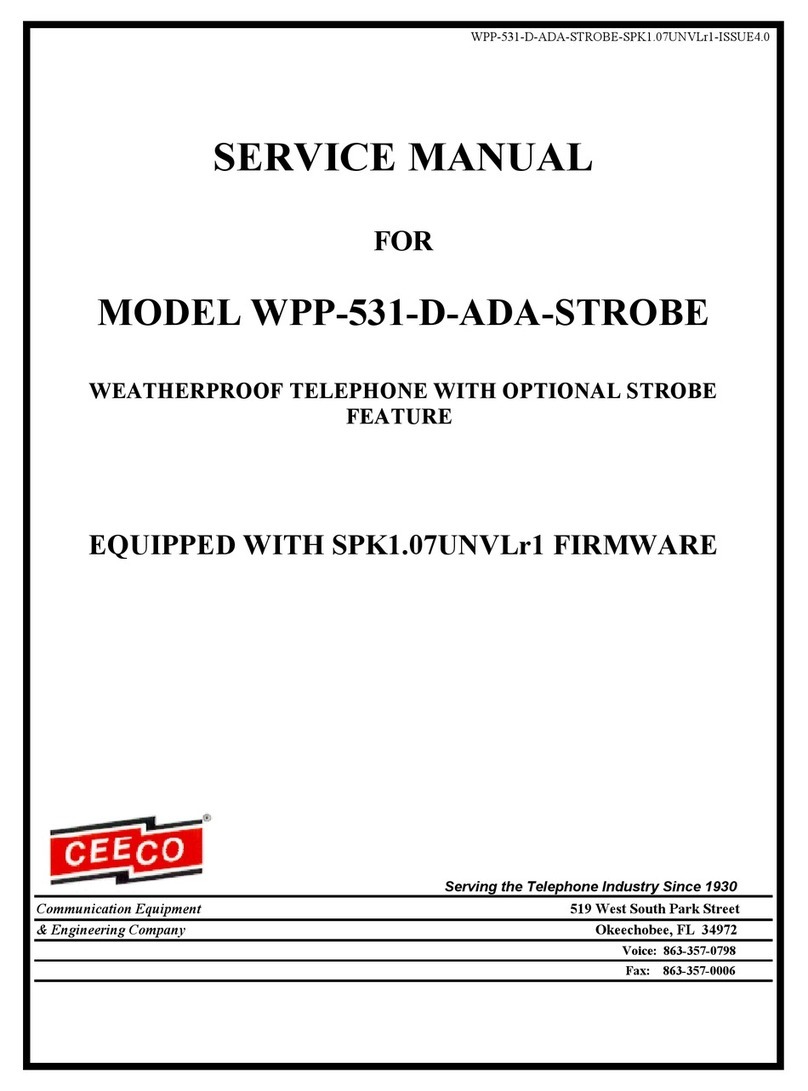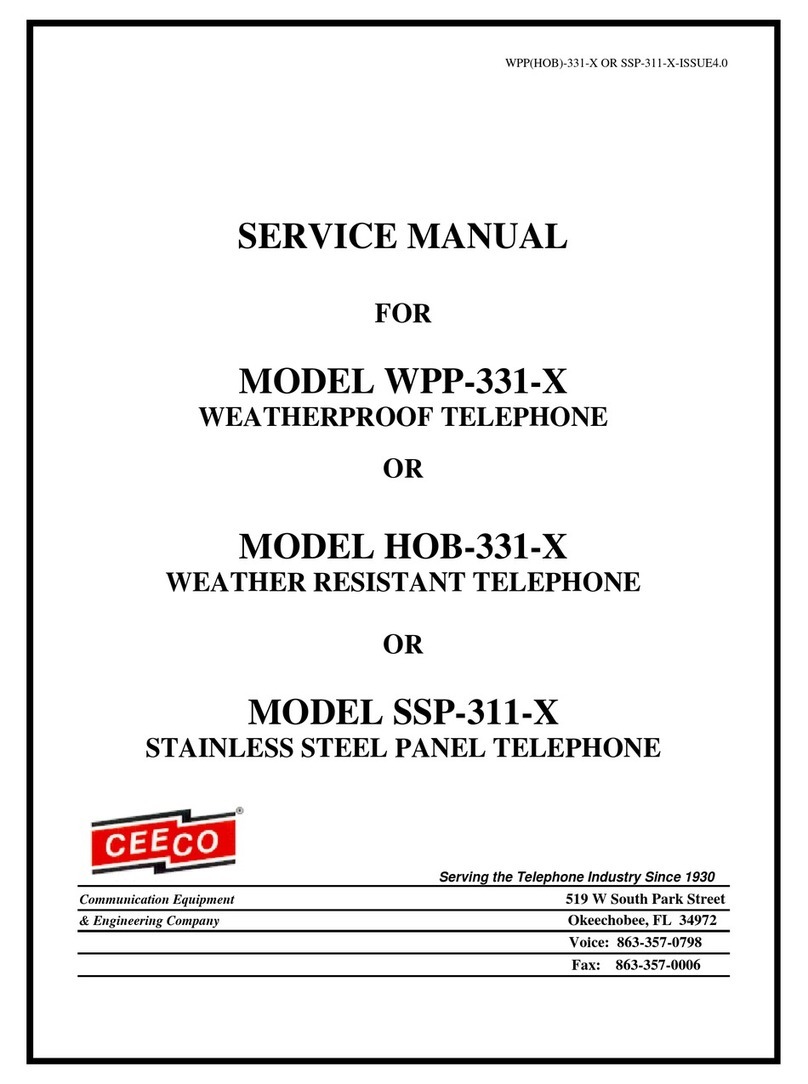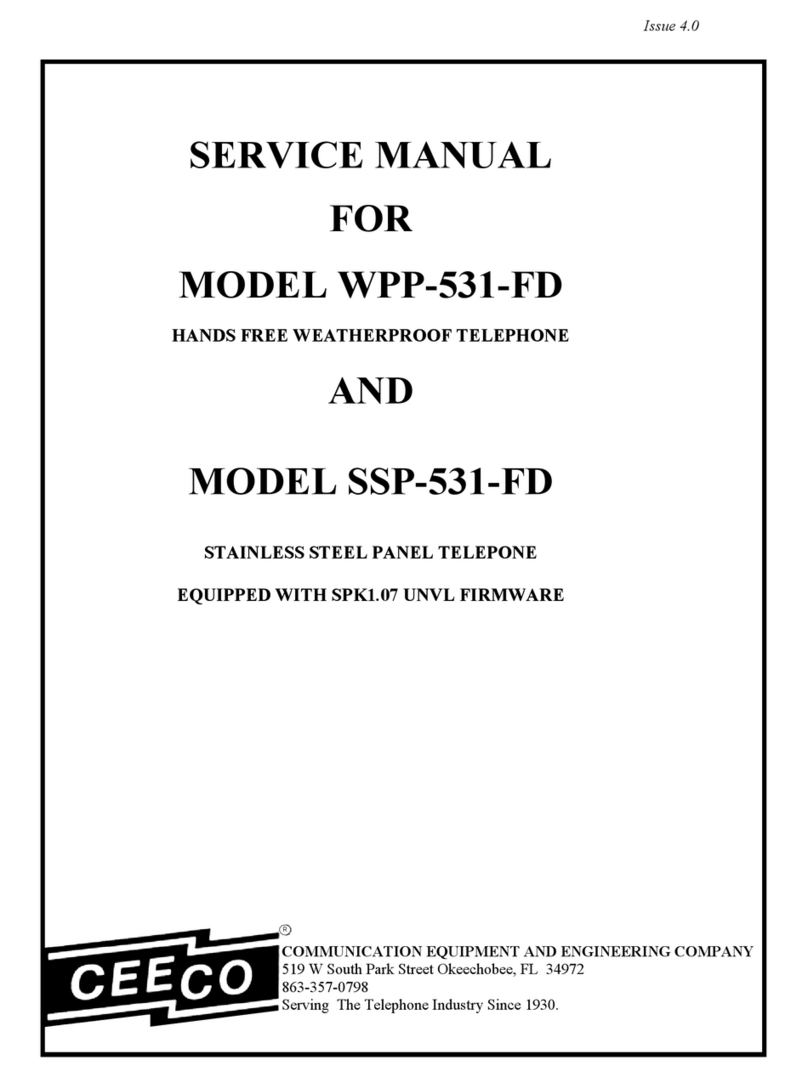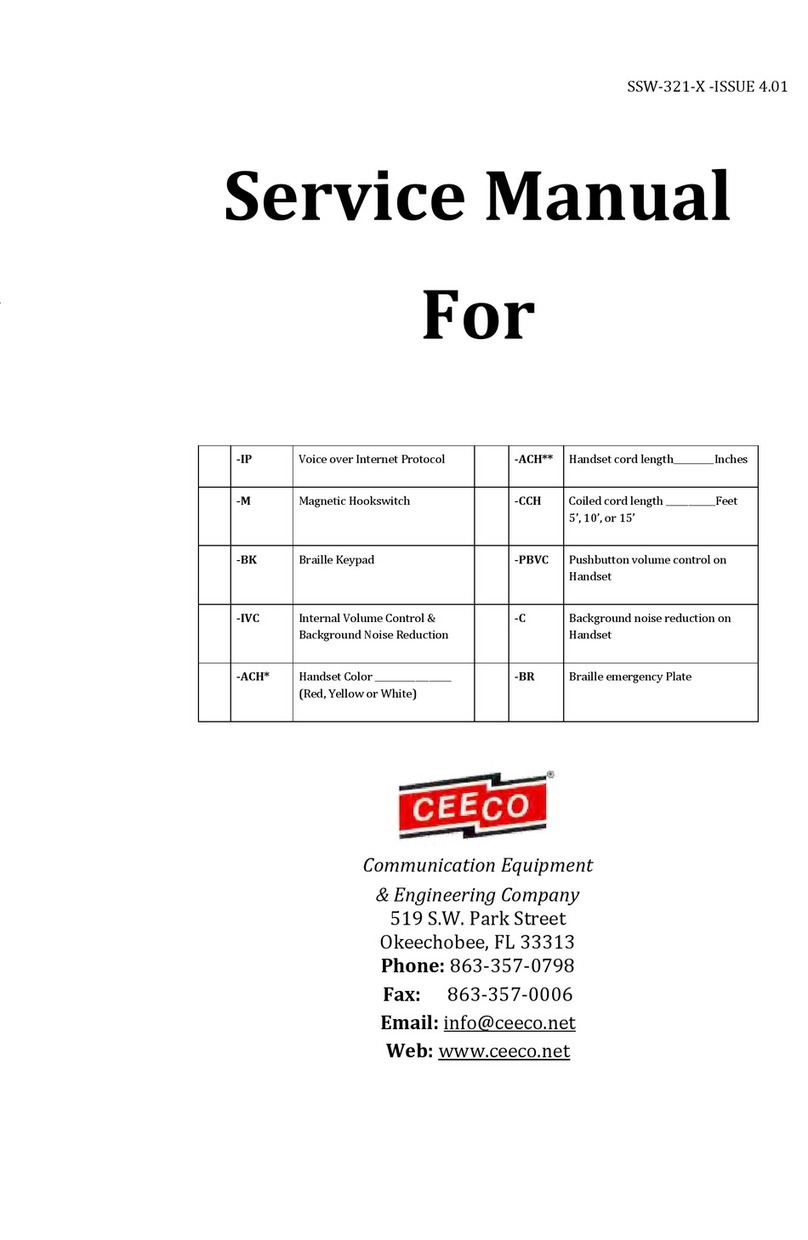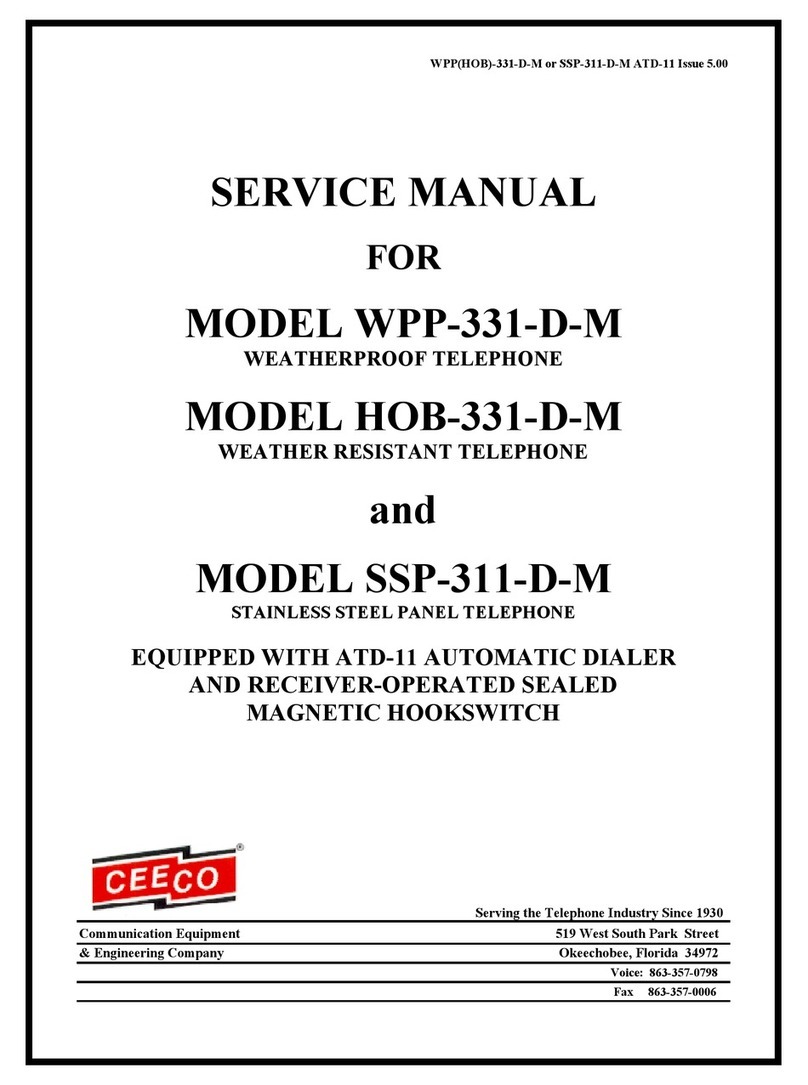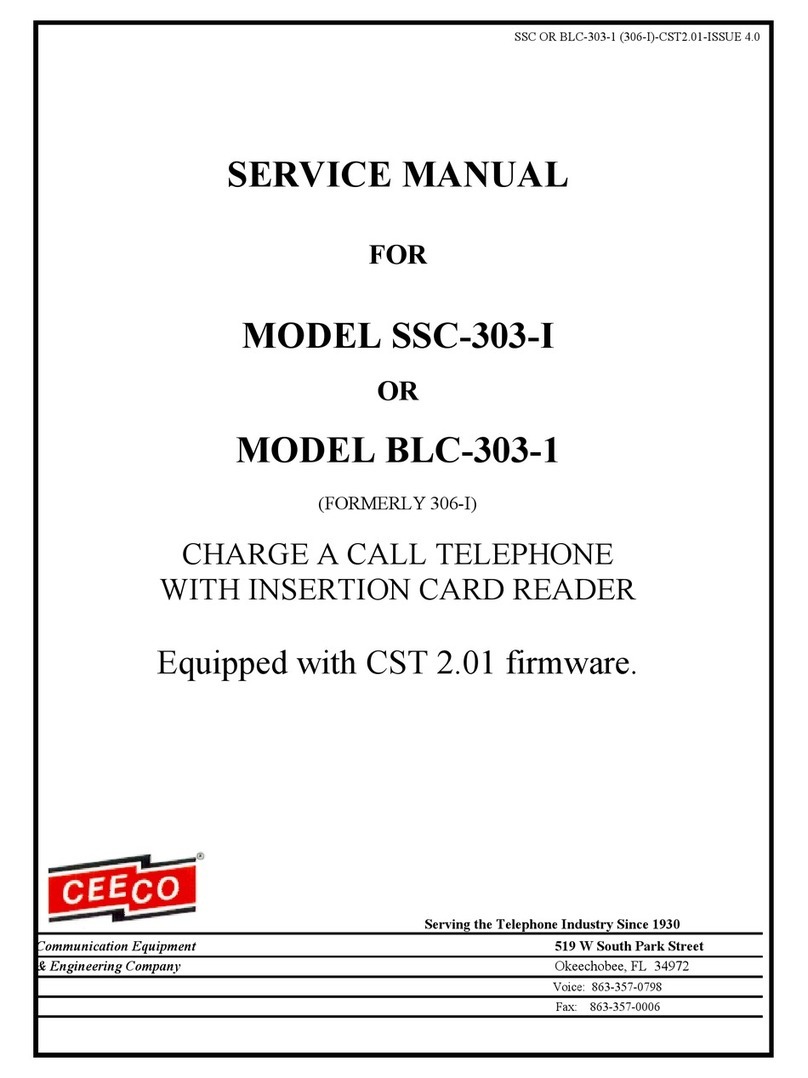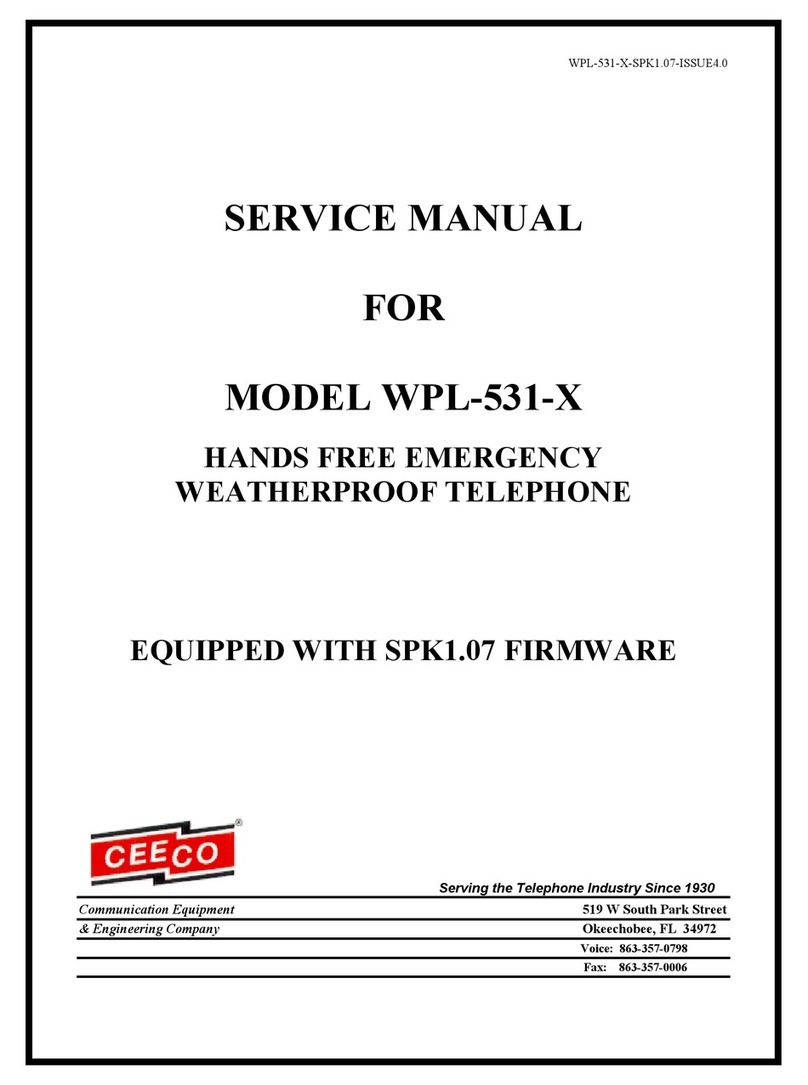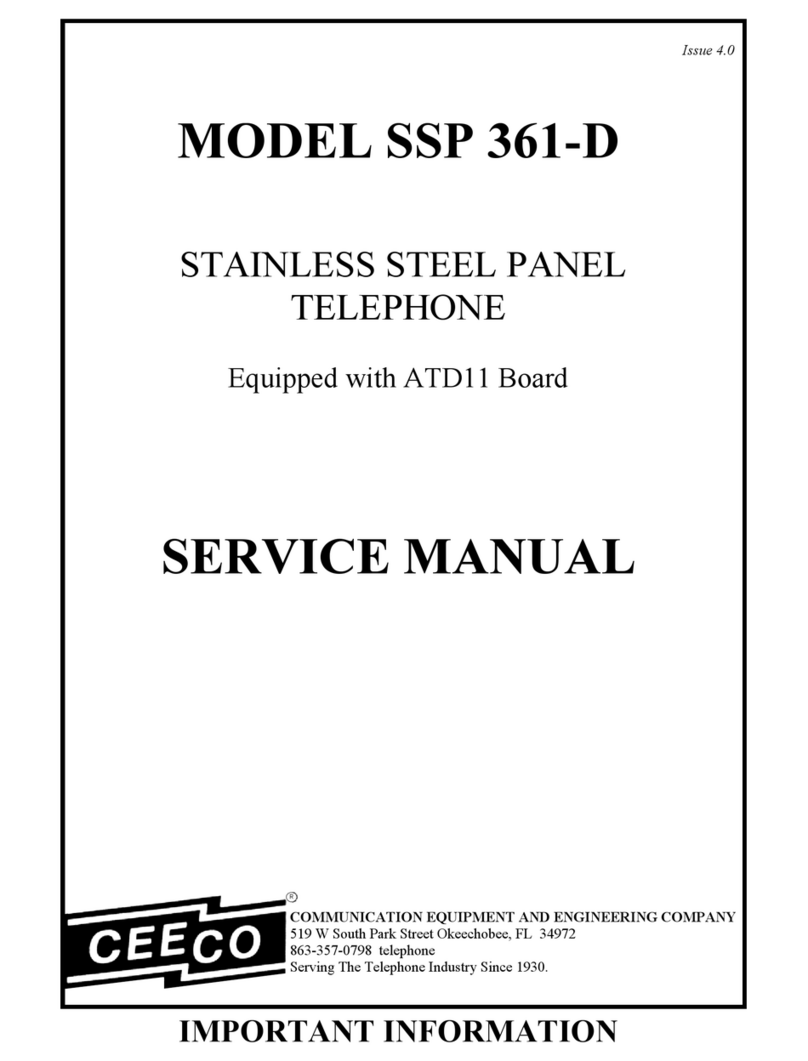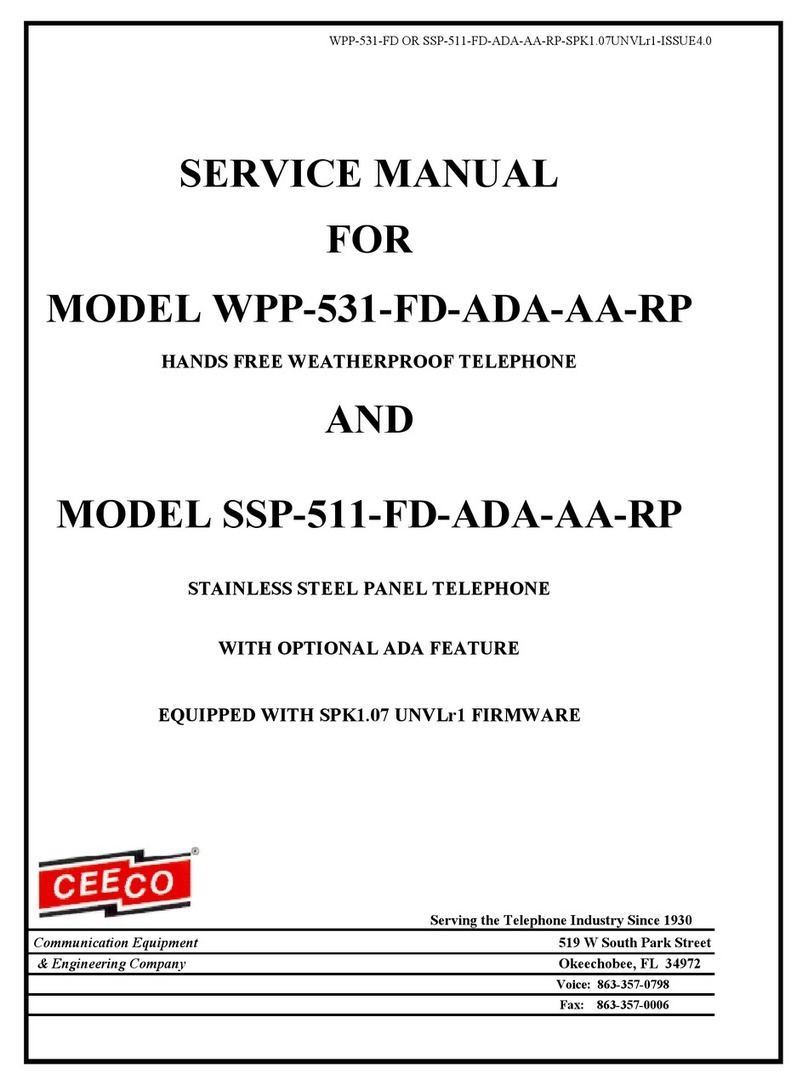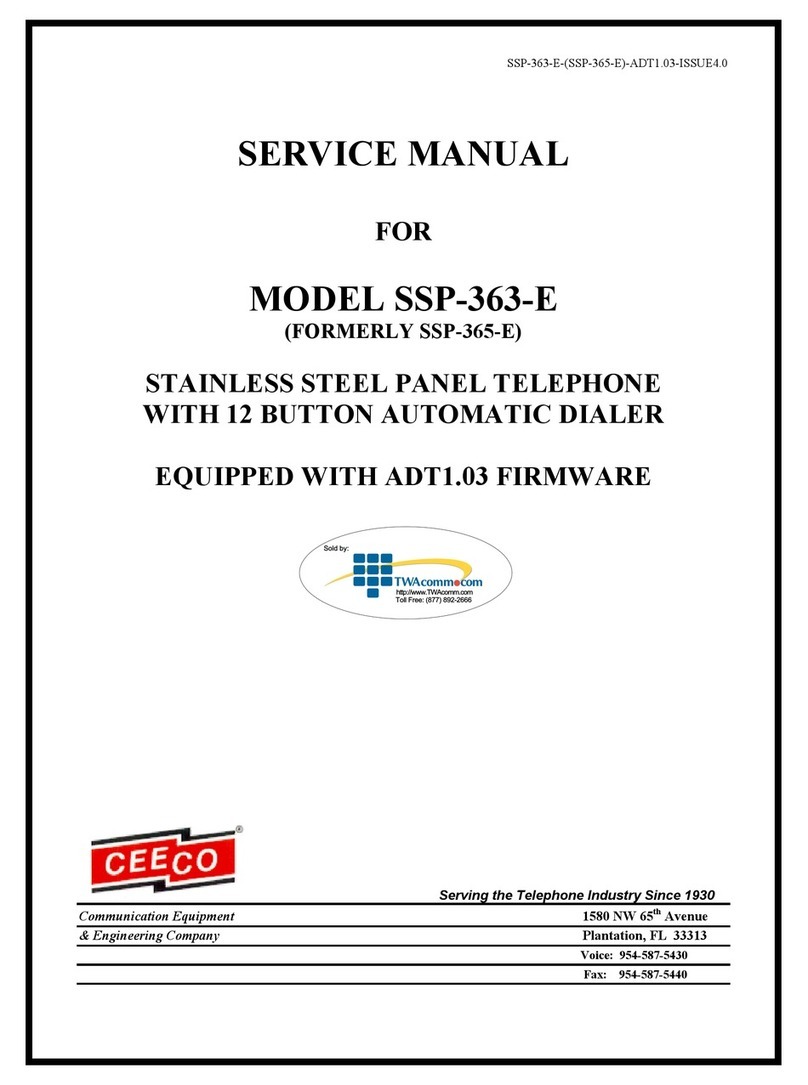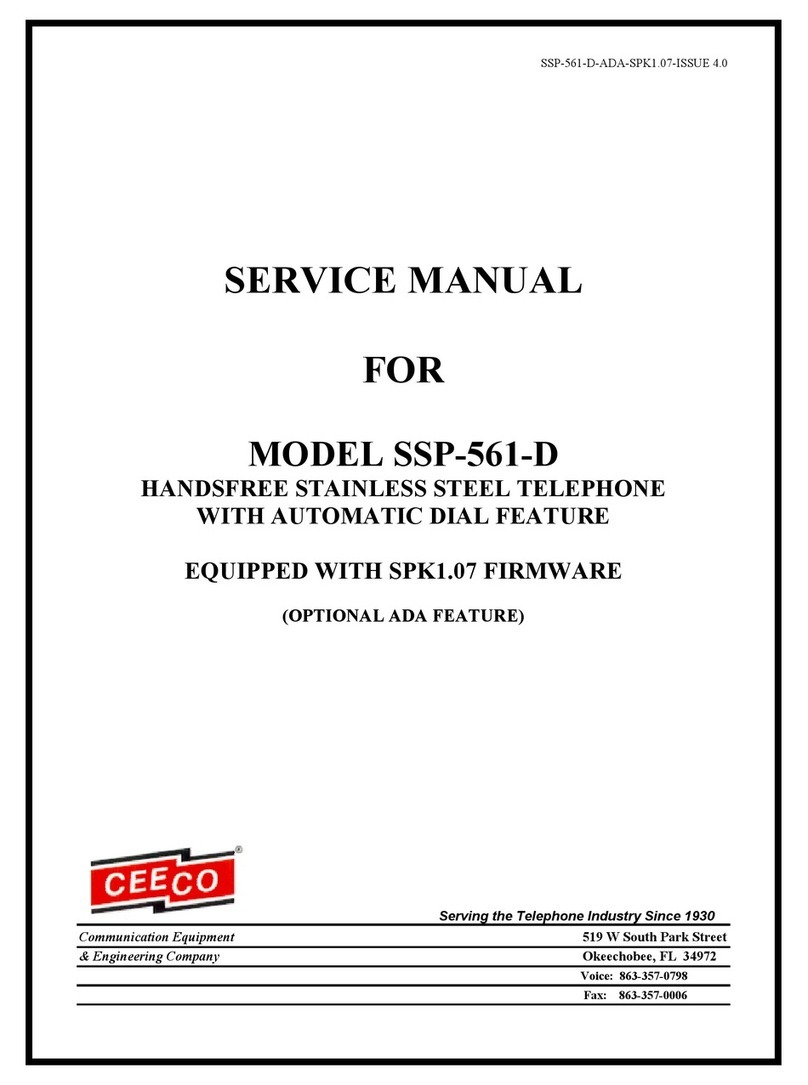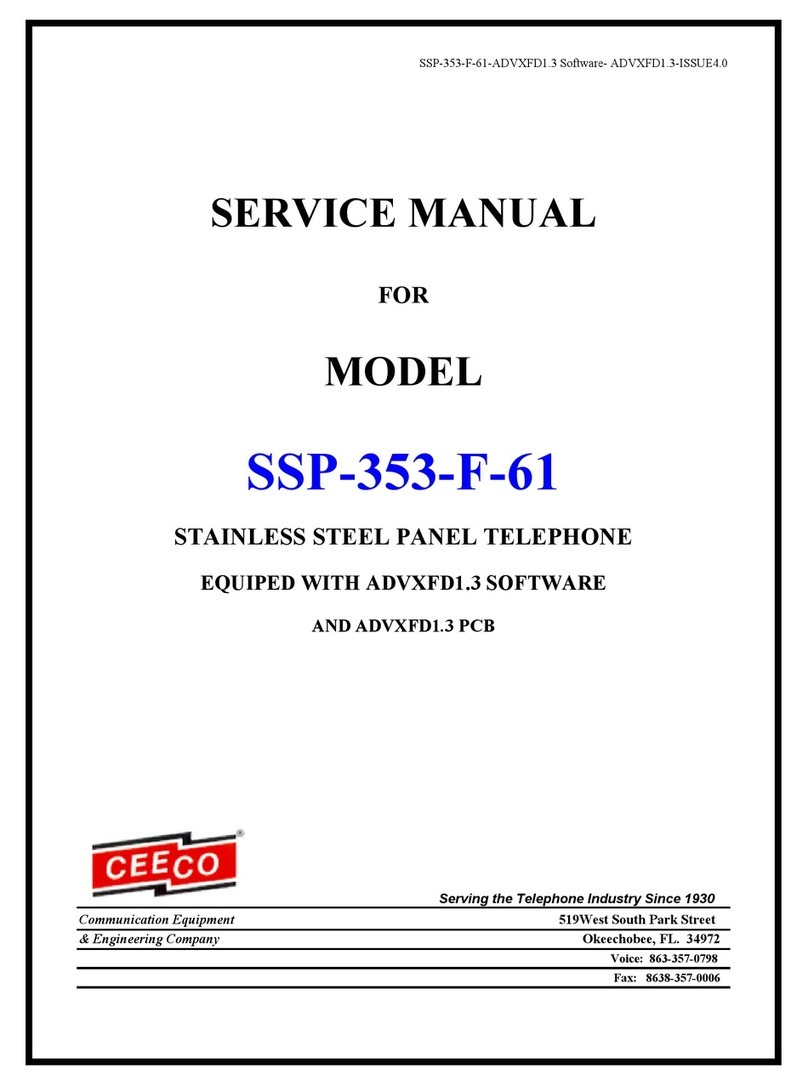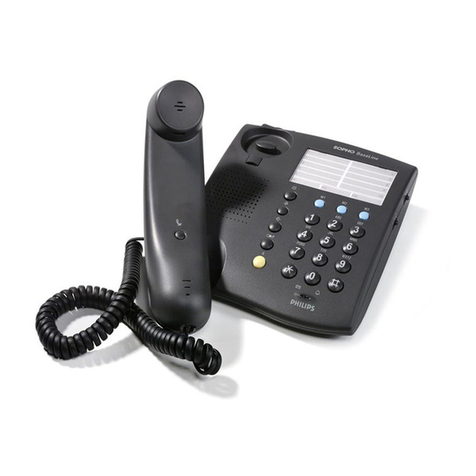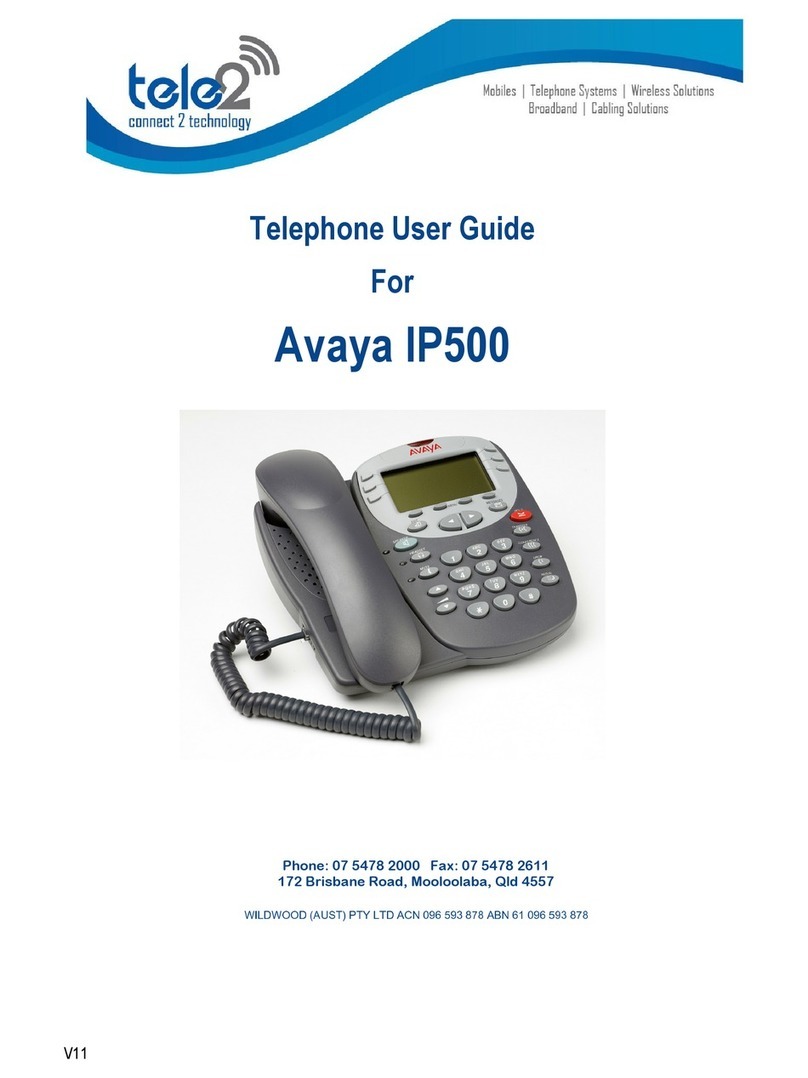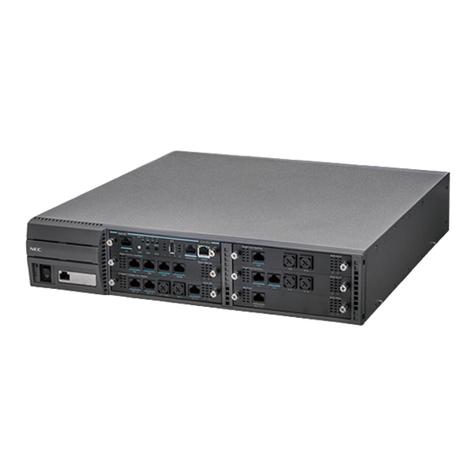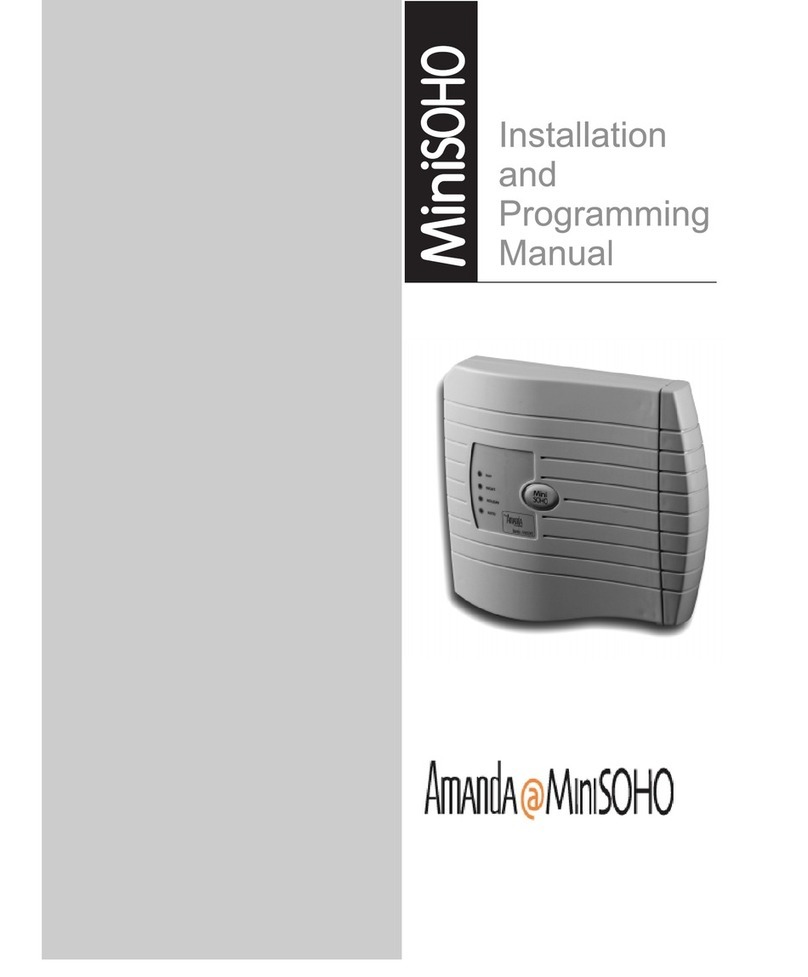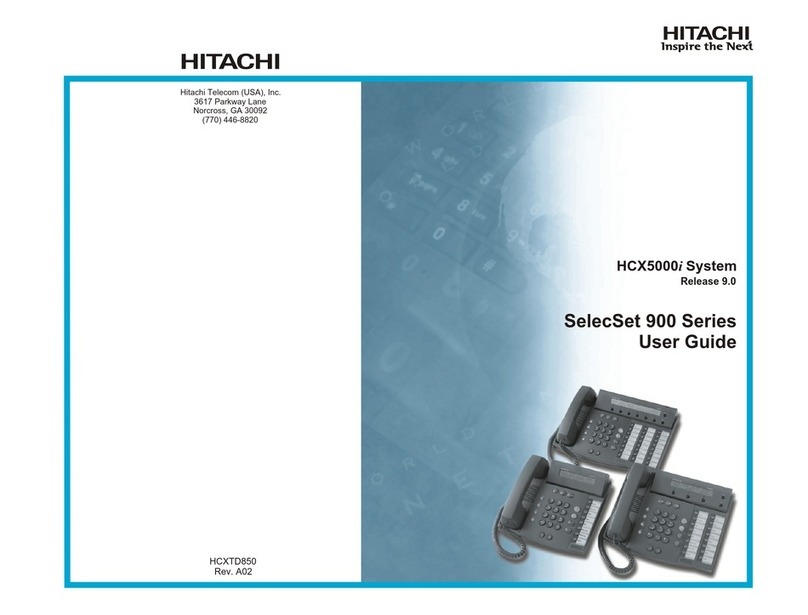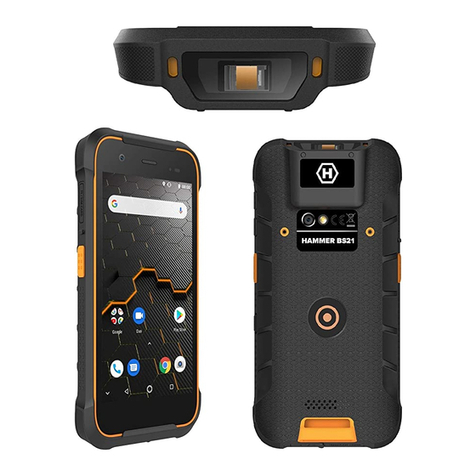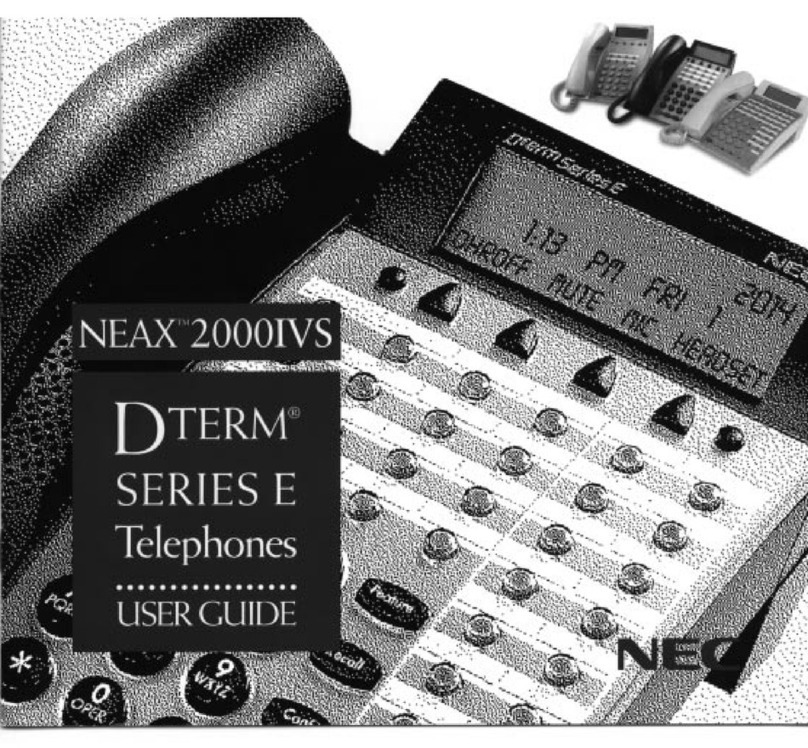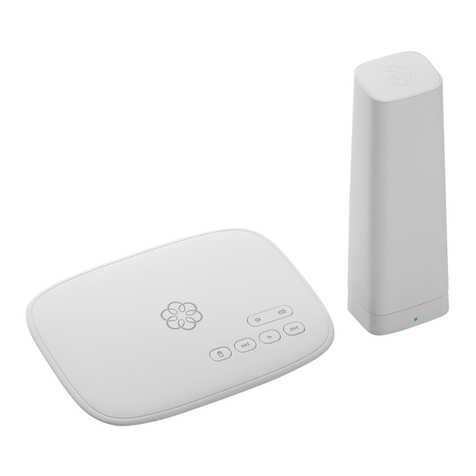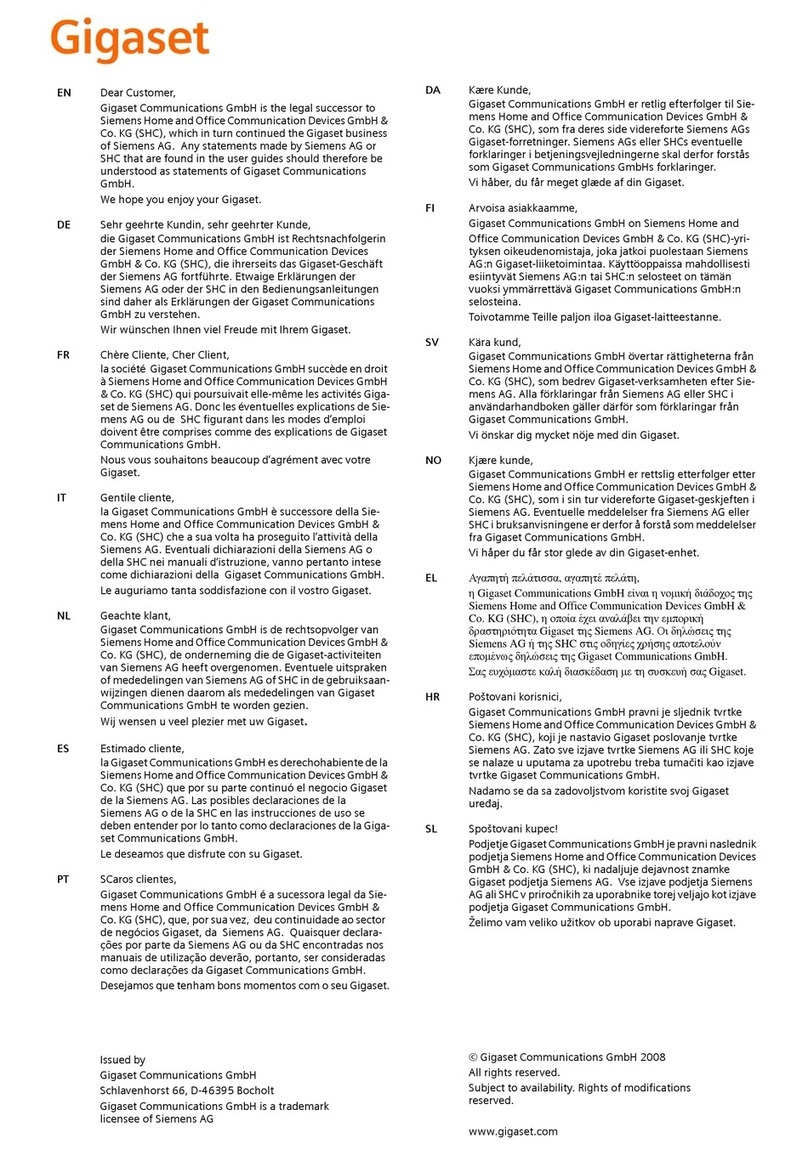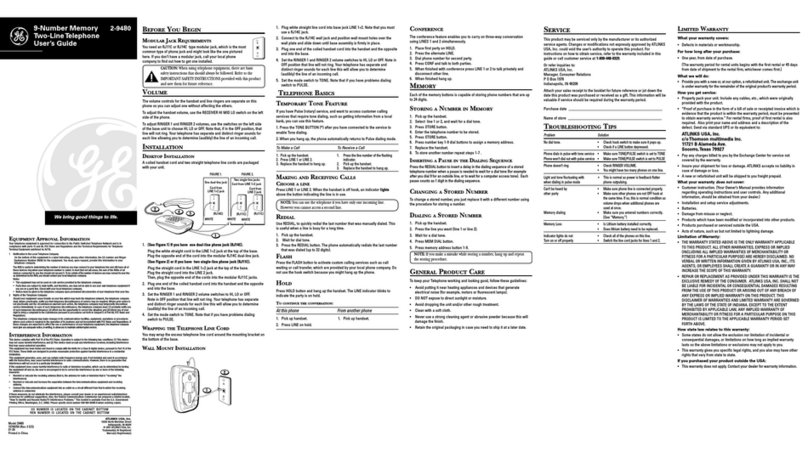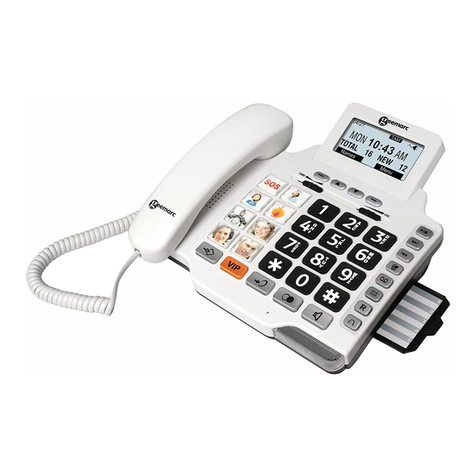
ISSUE 4.0
CEECO
Communication Equipment & Engineering Company
PROPRIETARY
PROGRAMMING CONTINUED…
Now let’s program the number to be automatically dialed. Looking at the
piggyback circuit board containing several rows and columns of copper
pins, you will see ten green plastic mini-jumpers. The rows are labeled 1
thru 0 on the left side of the circuit board. The columns are labeled A thru
K across the top of the circuit board and the columns of copper pins are in
pairs. Each pair of copper pins represents a number to be dialed. For
example, let’s assume that you want to program the phone to dial 1-954-
587-5430. Place the green plastic mini-jumper under column “A” across
the two copper pins that align with row “9”. Place the mini-jumper under
column “B” so that it bridges the pair of copper pins in row “5”. Place the
mini-jumper under column “C” across the pair of copper pins in row “4”
and so on, until the entire number is programmed. Each column
represents a digit, so do not skip any. This example happens to include a
long distance number, so you would move the “J1” jumper to the “+1”
position. If your desired number was short, like 911 for example, the
programming would be slightly different. In a case such as that, you
would place the jumper under column “A” in the “9” position and the
jumpers under columns “B” and “C” in the “1” position. You would then
remove the seven remaining green plastic mini-jumpers, so that no
erroneous digits dial out.
3.4 Be sure each green mini-jumper is properly positioned to make good
contact and dial the intended number. Do not discard unused mini-
jumpers, as you may need them in the future. It may be wise to tape them
to the inside of the phone somewhere out of harms way.
3.5 There is one last mini-jumper location that has not been addressed yet.
This jumper is positioned at the time of manufacturing to accommodate
most telephone environments. If your telephone line delivers dial tone to
your phone in one second or less, then you should proceed to section 3.6.
If you happen to be in a long loop environment, which takes more than
one second to deliver dial tone on the line, then you will need to locate the
green plastic mini-jumper located at the “J2” position of the ATD11
board. On this particular model phone, the “J2” position is hidden under
the low-power speaker board. You will first have to remove the screws,
which secure the low-power speaker board, and gently raise the board
enough to locate the mini-jumper. You must be very careful to avoid
touching the circuit boards with metal objects, as this may cause damage.
The “J2” position can be found approximately 1.5” – 1.75” directly below
the “J1” and “J3” positions and is somewhat by itself. Position the “J2”
green, plastic mini-jumper, so that it bridges the middle and far right
copper pins. A “3” appears in small white print just right of this position.
Placing the jumper there will cause the phone to delay 3 to 4 seconds
